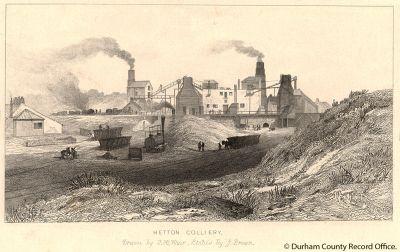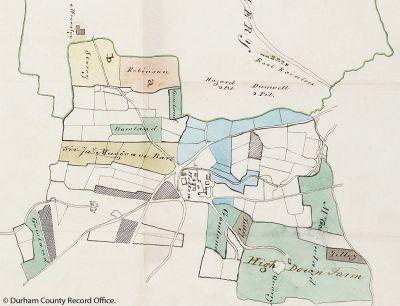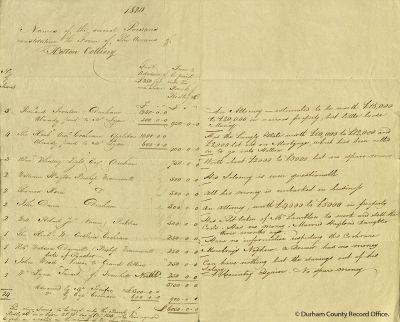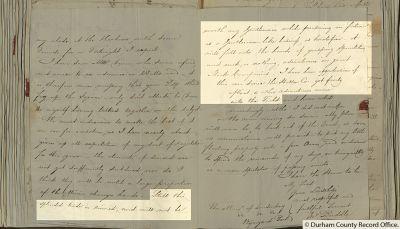Changing the world
Part of an online exhibition to mark the Hetton Coal Company’s pioneering advances in mining and railway technology in 1820.

Introduction
Two hundred years ago, the Hetton Coal Company created the breakthrough that allowed the development of the East Durham Coalfield. It used ground-breaking technology to sink its shaft through the magnesian limestone of the East Durham upland. Previously there had even been doubts as to whether there was any coal in East Durham.


Hetton Colliery, 1839, from T.H. Hair: Sketches of the coal mines in Northumberland and Durham (Library C255).
It also built a railway which used George Stephenson’s steam locomotives three years before the opening of the Stockton & Darlington railway. The Hetton Railway was the first railway in the world to be designed from the outset for steam power, using both fixed engines and locomotives.
However, the business methods employed were sometimes questionable and the business partners were often seen by contemporaries as ‘adventurers’, and even as ‘pirates’. The Hetton partners are not well-known figures but they had a big impact on the history of County Durham.
The new company
Arthur Mowbray (1757-1840) established the Hetton Coal Company in the autumn of 1820. Sacked in 1819 from his post of manager of the Vane-Tempest collieries, by Charles Lord Stewart (Marquess of Londonderry from 1822), Mowbray’s response was to use the expertise gained from many years in the coal trade, land agency and banking to set up a rival enterprise, buying up coal leases round Hetton le Hole.
Lord Londonderry replaced Mowbray with John Buddle, and much of the information we have about the new company comes from his reports to Londonderry, preserved in our extensive Londonderry archive, such as his Eye plan from 1820 showing ownership of the Hetton leases.


Extract from John Buddle’s Eye Plan of the Hetton leases in 1820 (D/Lo/B 309(14)).
‘Adventurers and Pirates’: the Partners
Arthur Mowbray was well known in London through his banking and coal trade interests and he was able to attract as early partners the following men, identified by John Buddle in a letter to his employer:
- Richard Scruton
- Hon. Archibald Cochrane, Eppleton
- Alex Whalley Light, Durham
- William Hayton, Bishopwearmouth
- Thomas Horn, Bishopwearmouth
- John Dunn, Durham
- William Stobart junior. Viewer, Picktree near Chester-le-Street
- Hon. Erskine Cochrane
- Robert Darnell, Bishopwearmouth
- John Wood. Viewer to the Grand Allies
- Mr. Lynn Smart, Trewhitt, Northumberland


Names of the Hetton Colliery partners, their shareholdings and comments by John Buddle on solvency etc., 1820 (D/Lo/B 309(19)).
The venture was high risk and Buddle was quite dismissive of some of the founding partners. Formation of the company was, however, significant in that it was a forerunner to the Joint Stock Companies that dominated railway development in Victorian Britain.
Commenting on business difficulties in a letter to Londonderry of 27 August 1833, Buddle writes:
‘Still this splendid trade is ruined, and it will not be worth any Gentleman’s while pursuing in future…as heretofore it will fall into the hands of grasping speculators and neck, or nothing, adventurers in joint Stock Companies. I have been apprehensive of this ever since the Hetton Co. got fairly afloat, & other adventurers came into the Field…’


Letter from John Buddle to Lord Londonderry, 27 August 1833 (D/Lo/C 142/27).
Next – A new era in coal mining history
Back to ‘Adventurers and Pirates’ – Hetton Coal Company, 1820


